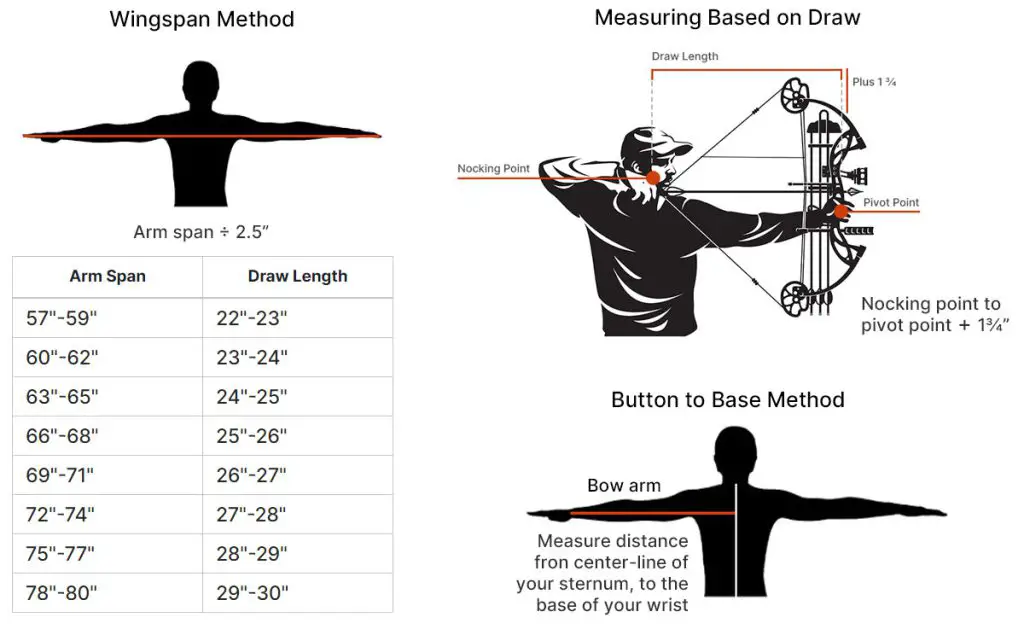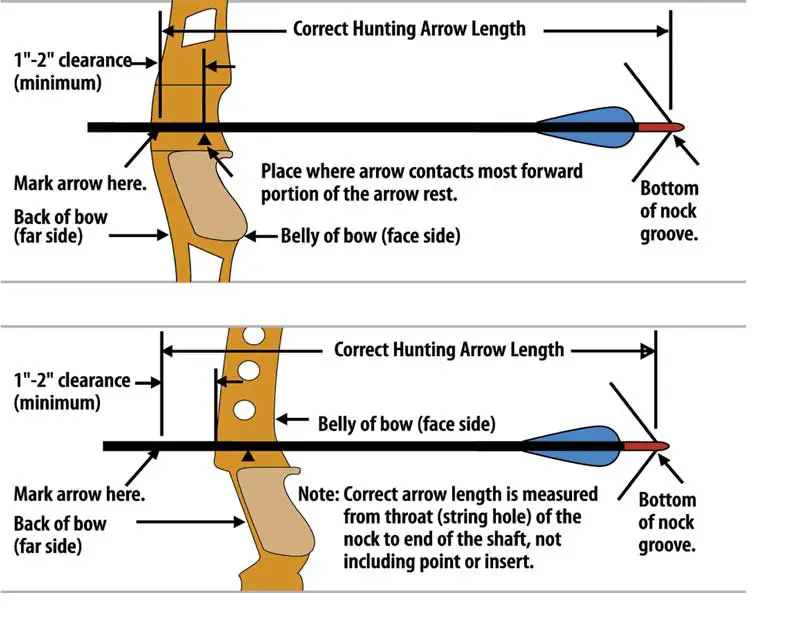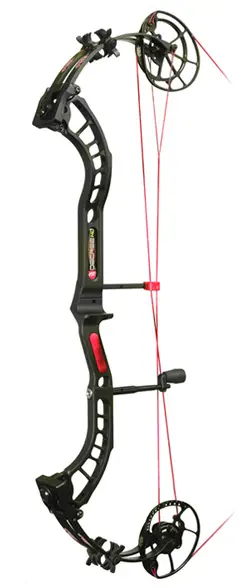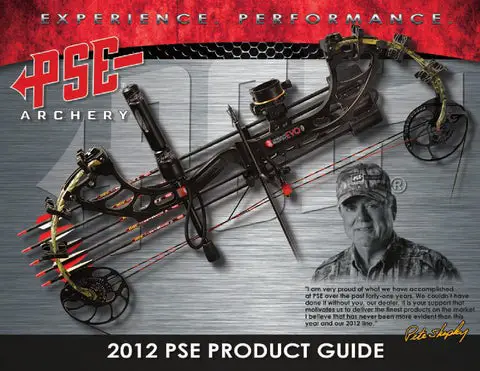Draw Length Vs Arrow Length
In the world of archery, the compound bow has emerged as a fusion of innovation and tradition. This guide explores the intricate mechanics and advantages of compound bows, explaining why they have become the preferred choice for many archers. With their system of cables, pulleys, and cams, compound bows allow for a high poundage at full draw and offer a unique let-off advantage that aids in aiming. Additionally, their compact design and adjustability make them suitable for various purposes, whether it be hunting, target archery, or bowfishing. However, it’s crucial to choose the right compound bow by considering factors such as draw length, draw weight, and let-off. With regular maintenance and proper safety precautions, the compound bow remains a tool that respects tradition while embracing the benefits of modern technology.
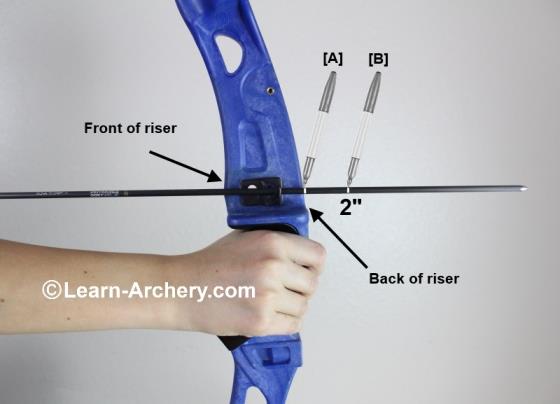
1. What is a Compound Bow?
A compound bow is characterized by a system of cables, pulleys, and cams that assist the archer in holding a high poundage at full draw. Unlike traditional bows, where the draw weight increases as you pull back, compound bows reach a peak weight and then “let-off” to a lower holding weight, allowing the archer to take more time when aiming.
2. Key Components:
Limbs:
Unlike the straight limbs of a longbow or the curved limbs of a recurve, compound bow limbs are much stiffer, providing the power behind the arrow. These limbs are typically made of fiberglass or carbon fiber to ensure strength and durability.
Cams:
Cams are the oval-shaped devices that rotate as the bow is drawn. They dictate the draw cycle’s feel and the bow’s overall performance. There are various types of cams, including single cams, hybrid cams, and binary cams. Each type offers unique benefits in terms of speed, smoothness, and adjustability.
Cables & Strings:
Cables and strings are integral to the functioning of the cams, transferring energy to the limbs and arrow during a shot. They must be inspected regularly for any signs of wear and replaced when necessary. Many archers opt for high-quality, pre-stretched strings that offer better consistency and longevity.
Riser:
The riser is the central part of the bow, usually made of aluminum or carbon, to which limbs, sights, stabilizers, and other accessories are attached. The riser’s design plays a crucial role in the overall balance and stability of the bow, impacting the archer’s accuracy and comfort.
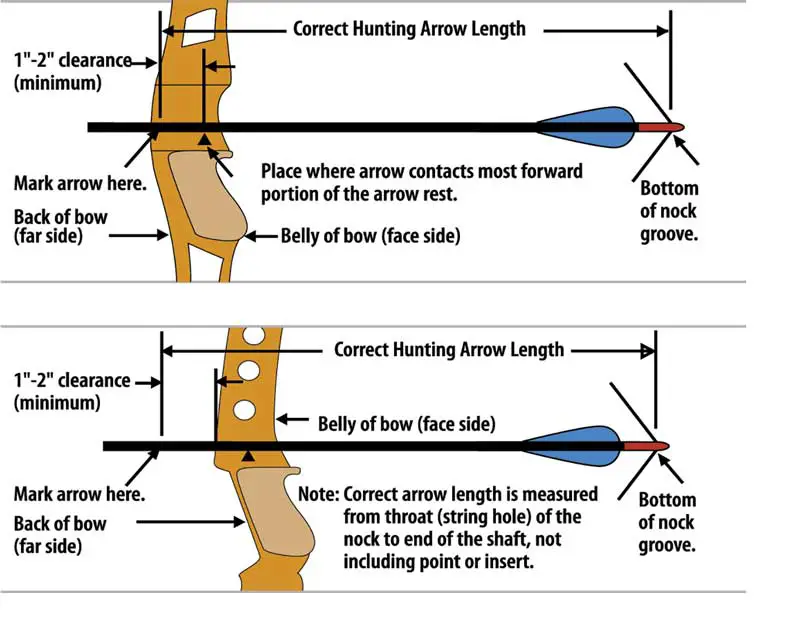
3. Advantages of Compound Bows:
Power & Speed:
Compound bows can generate immense power, propelling arrows at tremendous speeds. The combination of the cams and strong limbs allows for a significant amount of stored energy to be released upon release, resulting in flatter trajectories and increased penetration.
Accuracy:
The mechanical advantage provided by the cams and the ability to hold the bow at full draw for longer periods allow for better aiming. Combined with the use of a release aid, which aids in consistent anchor points and release, compound bows offer enhanced accuracy compared to traditional bows.
Compact Design:
The shorter limb design of compound bows makes them more manageable in tight spaces, such as hunting blinds or tree stands. This compactness also contributes to improved maneuverability, making it easier to navigate through dense foliage or confined areas.
Adjustability:
Many compound bows allow for adjustments in draw length and draw weight. This versatility allows archers to fine-tune the bow to their specific needs and preferences. Adjustable compound bows are especially beneficial for beginners or those who may need to make changes due to growth or physical strength.
4. Choosing the Right Compound Bow:
Purpose:
Before choosing a compound bow, consider your intended use. Are you targeting big game, participating in target archery, or maybe bowfishing? Different purposes may require specific features or specifications, so it is crucial to determine your primary use before making a purchase.
Draw Length:
Ensure the bow fits your personal draw length. Draw length is the distance from the archer’s grip to the bowstring when at full draw. Incorrect sizing can affect accuracy, comfort, and overall shooting experience. To determine your draw length, consult with a professional archer or visit a reputable archery pro shop.
Draw Weight:
Start with a weight you can pull back comfortably and consistently. Draw weight refers to the amount of force required to pull the bowstring to full draw. It is important to select a draw weight that matches your physical capabilities to avoid strain and fatigue. As you become more experienced and stronger, you can gradually increase the draw weight.
Let-off:
Let-off is the percentage of weight reduced when the bow is at full draw. It allows the archer to hold the bow at full draw with less effort. A higher let-off allows you to hold the bow drawn for longer, providing more time for aiming and increasing accuracy. Consider your shooting style and preferences when choosing a let-off percentage.

5. Maintenance & Care:
To ensure optimal performance and longevity of your compound bow, regular maintenance and care are essential.
Periodically inspect strings, cables, and cams for wear and tear. Look for signs of fraying, separation, or any other damage. Replace worn components to prevent potential accidents or equipment failure.
Lubricate moving parts, such as the cams, with an appropriate lubricant. This helps reduce friction and ensures smooth operation.
Consider professional tuning once a year. Professional bow technicians can assess the overall condition of your bow, make necessary adjustments, and ensure everything is functioning correctly.
6. A Word on Safety:
The power of a compound bow should never be underestimated. It is essential to prioritize safety when using a compound bow.
Always use arrows recommended for your specific bow’s draw weight and length. Using incorrect arrows can result in poor accuracy, reduced power transfer, and potential damage to the bow.
Ensure your shooting lane is clear before drawing the bow. Be aware of your surroundings and always be mindful of what lies beyond your target. Safety precautions are crucial to prevent accidents or injuries.
Conclusion:
The compound bow, since its invention in the 1960s, has revolutionized the archery world. It combines traditional archery principles with modern technological advancements, offering archers a unique and thrilling experience. With their power, accuracy, compact design, and adjustability, compound bows have become the preferred choice for many archers, whether they are hunting, participating in target archery, or simply enjoying the sport. By understanding the key components, choosing the right bow, and practicing proper maintenance and safety procedures, you can fully embrace the world of compound bow archery.
